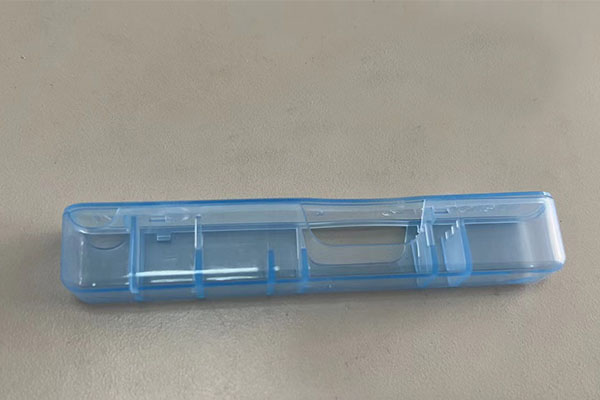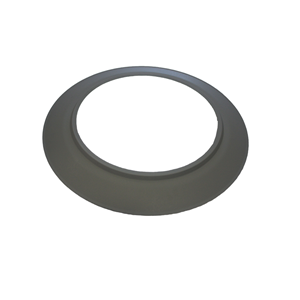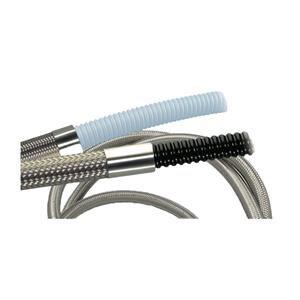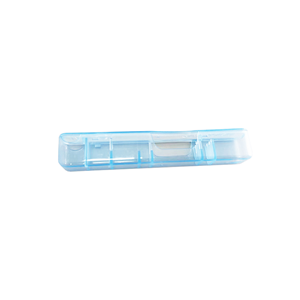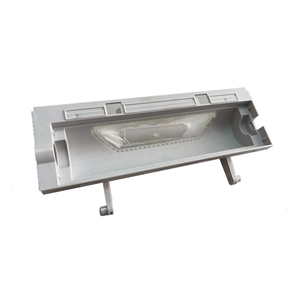Requirements for medical plastic product materials
As an important component of medical devices and packaging, the material selection of medical plastic products directly affects medical safety, effectiveness, and patient health. With the continuous advancement of medical technology, the requirements for medical plastic materials are becoming increasingly strict and specialized. This article will systematically introduce the basic and special requirements for medical plastic product materials.
1、 Basic characteristic requirements for medical plastic materials
Biocompatibility: The material must be non-toxic, non allergenic, not cause tissue reactions, and comply with biocompatibility standards such as ISO 10993.
Chemical stability: able to withstand the effects of disinfectants, drugs, and body fluids without degradation or release of harmful substances.
Mechanical performance: It should have appropriate strength, toughness, wear resistance, and fatigue resistance according to the needs of the application.
Thermal stability: able to withstand high temperature sterilization (such as steam sterilization at 121 ℃ or 134 ℃) or radiation sterilization without deformation or degradation.
Processing performance: Suitable for injection molding, extrusion and other molding processes, capable of producing products with precise dimensions and smooth surfaces.
2、 Special requirements for different medical purposes
1. Implantable plastic materials
Long term biological stability, non degradable or slowly controllable degradation
Excellent mechanical performance matches human tissue
No carcinogenic or teratogenic risks
Typical materials: PEEK, medical grade silicone, UHMWPE, etc
2. External contact materials
Short term biocompatibility
Transparency requirements (such as infusion equipment)
Anticoagulant properties (such as catheters)
Typical materials: PVC, PP, PC, etc
3. Pharmaceutical packaging materials
Excellent barrier properties (oxygen, water vapor, etc.)
No leaching or low leaching
Compatibility with drugs
Typical materials: COP, COC, multi-layer co extruded film, etc
3、 Certification requirements for medical plastic materials
Regulatory compliance: It must comply with the requirements of medical device regulations in various countries, such as the US FDA 21 CFR, EU MDR, China Medical Device Management Regulations, etc.
Clean production: The production environment needs to reach the corresponding cleanliness level to avoid particle pollution.
Traceability: Raw material batches, production process parameters, etc. need to be fully recorded to ensure traceability.
Sterilization adaptability: The material should be suitable for the selected sterilization method (EO, radiation, steam, etc.) and have stable performance after sterilization.
4、 The development trend of medical plastic materials
Degradable materials such as PLA, PGA, etc. are used for absorbable medical devices.
Functional materials: special functional materials such as antibacterial, anticoagulant, and imaging.
High cost-effective materials: a low-cost material solution that meets medical requirements.
Green and environmentally friendly materials: recyclable or bio based materials that reduce environmental burden.
5、 Conclusion
The selection of medical plastic materials is a systematic project that requires comprehensive consideration of multiple factors such as medical use, patient safety, production processes, and costs. With the advancement of medical technology and the improvement of regulations, the requirements for medical plastic materials will become more stringent and specialized, which also promotes the continuous innovation and development of medical polymer materials.
Medical plastic product manufacturing enterprises should establish a comprehensive material evaluation system, closely cooperate with raw material suppliers, ensure product quality control from the source, and provide reliable guarantees for medical safety and patient health.
